Historic Centre of Sighişoara
An intact fortified medieval town built by Transylvanian Saxons.
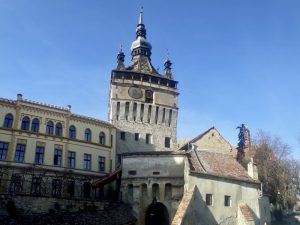
An intact fortified medieval town built by Transylvanian Saxons.
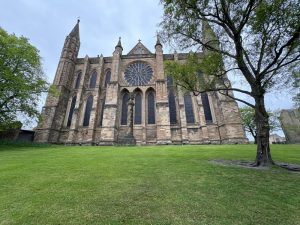
An innovative cathedral with architecture that foreshadowed Gothic, and the 11th-century Norman castle that guarded it and the northern frontier.

An ancient city on a peninsula containing architecture from many eras, including unique Bulgarian Renaissance elements.
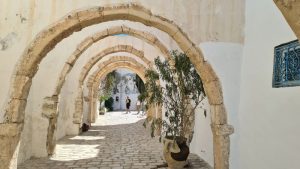
An island whose inhabitants adapted their settlements to the natural conditions, and where different cultures coexisted peacefully.
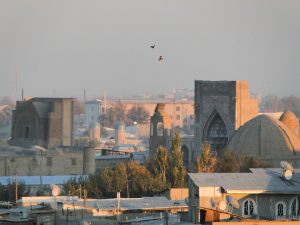
A Silk Road city with historic architecture dating to the 10th and 11th centuries, important particularly for its urban planning.
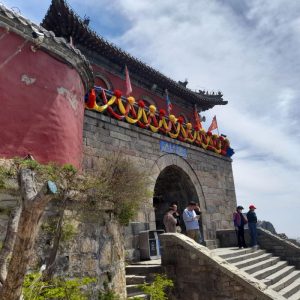
One of the Five Great Mountains and an important place of worship, known for its Taoist temples.
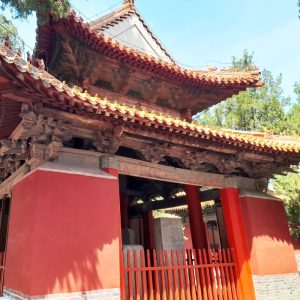
An architectural collection in the hometown of Confucius, who was hugely influential in the history of China and many other countries.
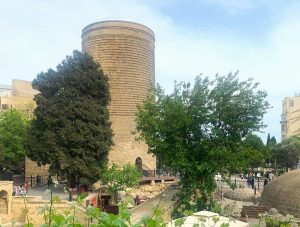
A historic city and charming old city with architecture and urban planning that show an array of cultural influences spanning centuries.
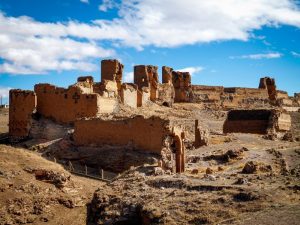
The extensive ruins – palaces, churches, mosques, fortifications, and homes – of an important trading city on the medieval Silk Road, where diverse cultures and architectural traditions met and blended.

Seven religious monuments that represent the unique Nepalese culture, mixing Hinduism and Buddhism with animism and Tantrism.
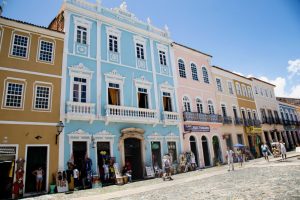
A 16th-18th-century colonial capital where European, African and Indigenous cultural influences have blended and echo to the present day.
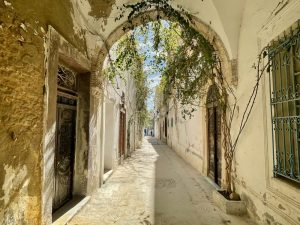
The ancient center of Tunis, with about 700 monuments dating to the 12th-16th century: mosques, gates, markets, palaces, noble houses, and more.
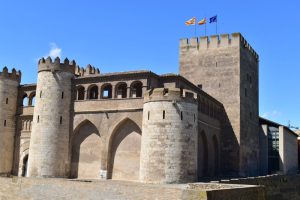
A group of Medieval buildings in Spain that exemplify a fusion of Islamic and Christian architectural and artistic traditions.
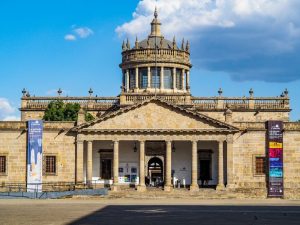
A 19th-century charitable institution in Neoclassical style, with magnificent 20th-century murals by José Clemente Orozco.
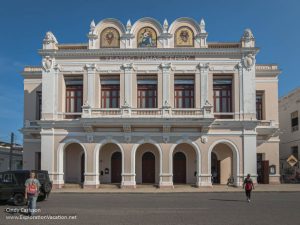
A 19th-century French settlement in Cuba with a range of interesting architecture, from neoclassical to deco and modern.
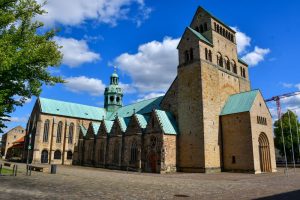
Two 11th-century churches exemplifying Ottonian Romanesque architecture and art.
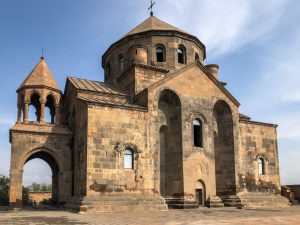
Several very early Christian churches that were influential in the development of early Armenian church architecture.
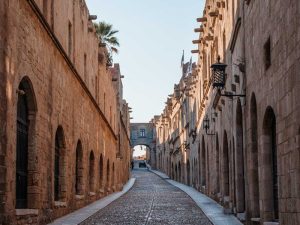
A well-preserved medieval city with complete fortifications, built largely by Crusaders, with elements of Gothic, Byzantine and Ottoman architecture as well.
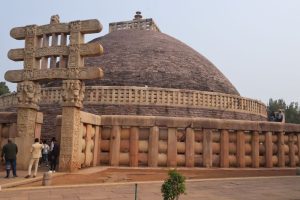
A collection of stupas, temples and monasteries that make up the earliest Buddhist sanctuary in the world.
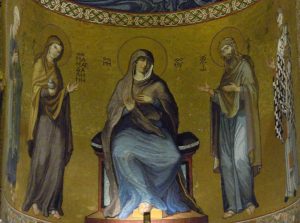
Sicilian landmarks that showcase a blend of Arab, Norman and Byzantine influences in art and architecture.

Twenty-two 11th-century temples of the Chandela period, covered in exceptionally accomplished figurative stonework.
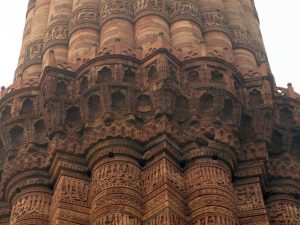
Remnants of early Islamic India, including Northern India’s oldest mosque and a minaret that is the highest stone structure in India.
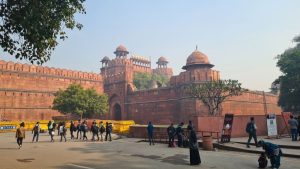
An outstanding example of Mughal architecture on a grand scale, with later British colonial additions.
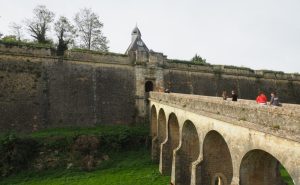
12 sites designed for Louis XIV by the innovative military engineer Sebastien de Vauban in the late 17th-18th centuries.

The oldest known intact lighthouse in the world, built by the Romans in the 1st century AD.
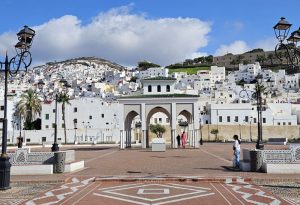
A well-preserved and lively historical quarter that shows the influences of both Arab and Andalusian culture on its art and architecture.

A grandiose 17th-century lighthouse meant both for navigation and for projecting an image of royal power.
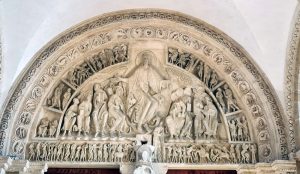
A Romanesque masterpiece and the charming village around it, historically significant in terms of medieval Christianity.
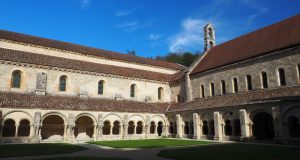
A monastic community whose ideals of poverty and self-sufficiency are reflected in the structures they built.
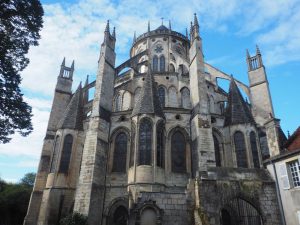
A magnificent Gothic cathedral with stunning stained-glass windows.
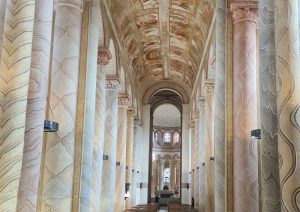
A Romanesque church painted with vivid murals dating to the 11th and 12th centuries, important in the study of medieval Christian art.
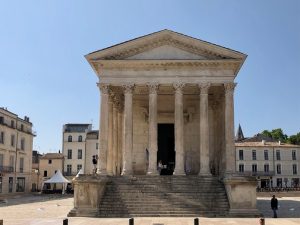
A well-preserved classical Roman temple from the 1st century AD, dedicated to the heirs of Emperor Augustus.

Of importance in terms of historical architecture and art, especially in churches, as well as for the unique ecosystem of the lake.
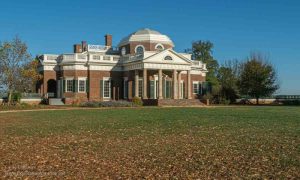
Two early and fine examples of Neoclassical architecture, designed by Thomas Jefferson, 3rd president of the US.
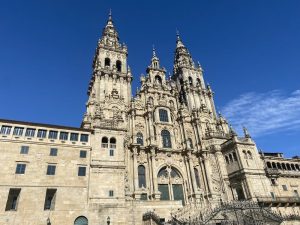
Christian holy city with a 1000-year history as the endpoint of pilgrimage routes across Spain and France.
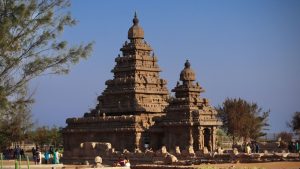
Caves, temples and sculptures that represent a unique testimony to the 6th-9th-century Pallavas civilization.